Other Industries
Success Stories.
What results will I see from Osprey’s products and services? What sort of return on investment can I expect in comparison to other options? How does it work? Our short, easy-read case studies will answer all of those questions and more. We’ve driven real results for our clients in many industries. Find out how we use our approach to make your systems more effective, affordable and sustainable:



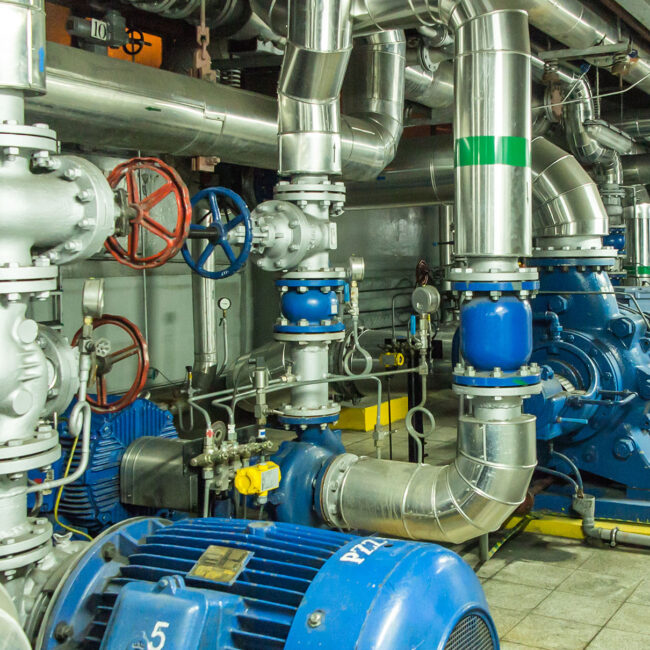
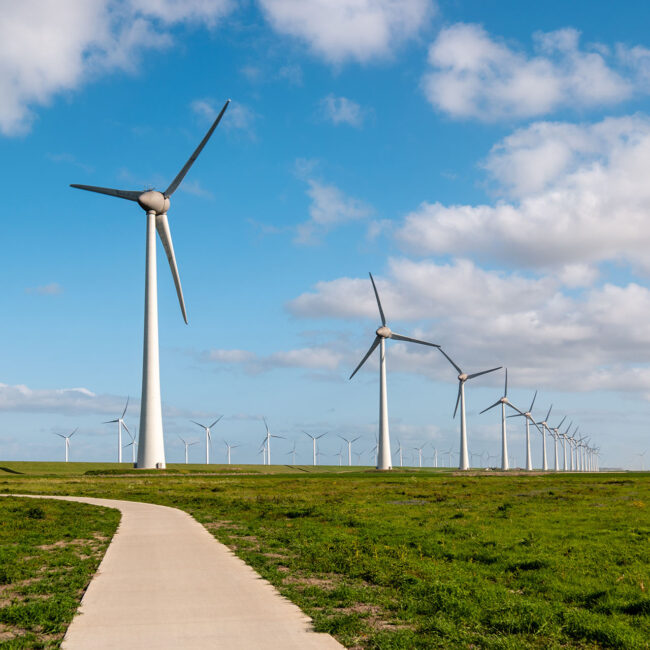
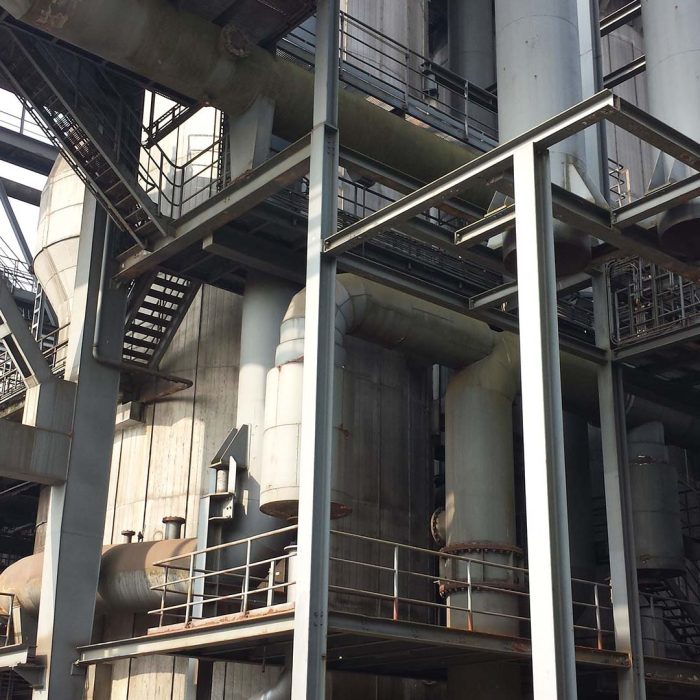
Chivas UK:
Combined VOC, Odour & Fine Aerosol Removal
Problem
Ensuring that the Chivas UK Distillery & Dark Grains Plant complied with European legislative requirements as regulated by SEPA
Solution
After extensive pilot trials during 2008 & 2009 the TurboScrubber® system was selected ahead of an Ionizing Plasma WESP for VOC, PM & Odour removal at Chivas’s Strathclyde Distillery in Central Glasgow.
Results
The success of this highly sensitive turnkey project was crucial to ensuring that the local community were supportive of keeping a Distillery & Dark Grains Plant within their midst. Not only did the two TurboScrubber units (one installed on each Dark Grains’ Dryer) meet the rigorous requirements but the blue haze associated with condensing Organics was also eliminated along with the water vapour plume removed by careful heat recovery & transfer of the gas’s sensible heat load.
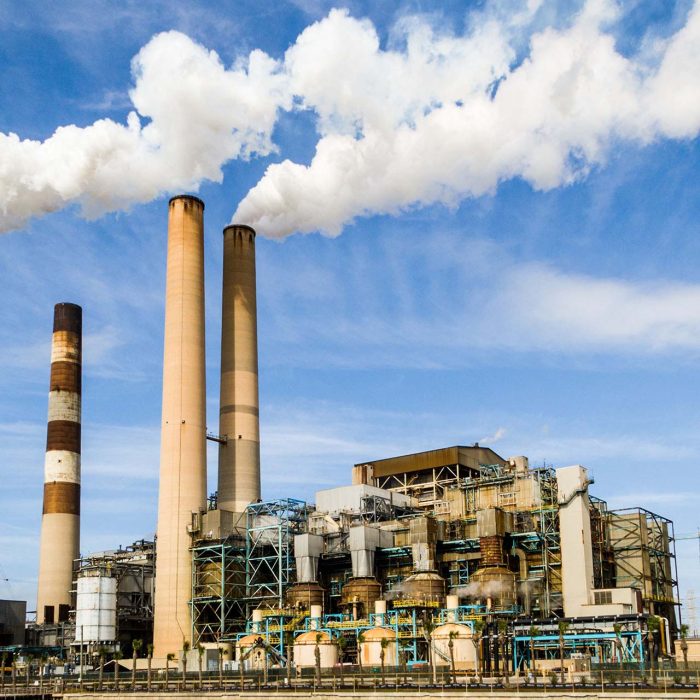
Elimination of NOx, SOx & Particulates in Rail Transportation
Problem
To develop a high-efficiency system to simultaneously abate train diesel particulate & gaseous emissions.
Solution
From late 2013 to the end of 2015 FTL/Osprey participated in an EU FP7 grant funded project team to develop a high efficiency system. The project team comprise of a consortium of companies located throughout Europe where each company provided their own technical expertise and resources. For proving the technology, an Enspirit prototype was designed and developed. This prototype would receive a representative particulate and NOx sample of that which would be produced by a diesel train. Taking the form of skid mounted assembly, testing was carried out on two car engines with their exhaust EGR & catalyst systems decoupled. Testing protocols were developed to simulate the 8 notch operational mode of typical 4000 & 6000hp diesel locomotives.
Results
More than 90% removal efficiency for NOx. Exceeded Tier 4 emission performance requirements for particulate. Below 0.03g/BHP-hr.
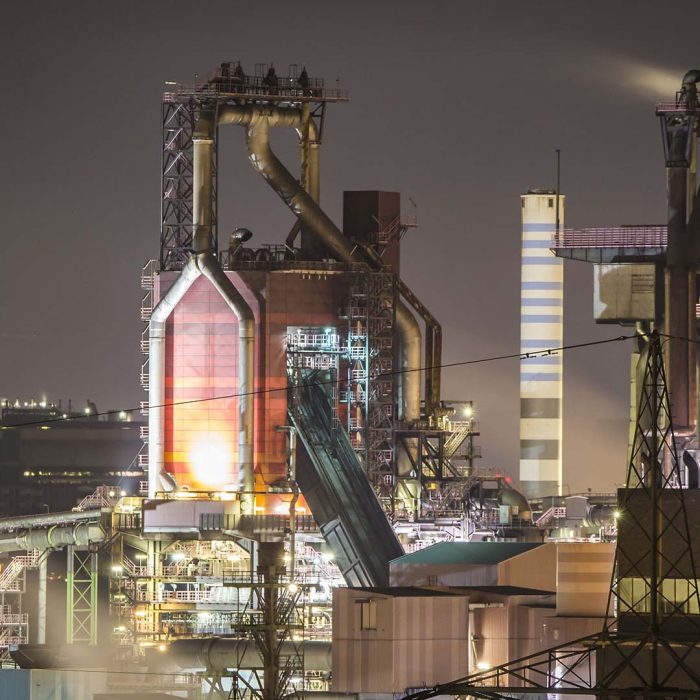
Osprey Corporation:
Pilot Studies & Consulting
Problem
Design and consulting services including studies and pilot trials.
Solution
FTL/Osprey offer a full process design and consulting service including studies and pilot trials and are backed with professional indemnity insurance. These are not just limited to aspects of gas absorption, desorption or particulate removal but also cover heat transfer, chemical reactions, product & heat recovery, ancillary services and support equipment for gas absorbers and related processes.
Within Osprey, FTL and their licensees around the world, there is a team of dedicated and highly experienced chemical, process and mechanical engineers along with industrial chemists, backed up by access to in-house and external design software. By combining various in house skills we can offer detailed studies looking at plants from complete turnkey installations down to individual unit operations.
Results
At the heart of our design is an in depth attention to both physical and chemical equilibria along with fluid flow characteristics under varying temperatures, pressures and concentrations. Osprey/FTL’s fluidised bed Turbopak® technology has shown exceptional ability to simultaneously absorb gaseous components and remove fine dust and soot particles across a wide range of industrial applications. In addition the system’s high mass and heat transfer rates offer considerable reductions in scale and cost for gas cleaning plant, for example on chemical processes, dryers, boilers and incinerators. Turbopak®’s non-clogging nature permits the use of limestone slurries, trade effluents and biomass as scrubbing media.
